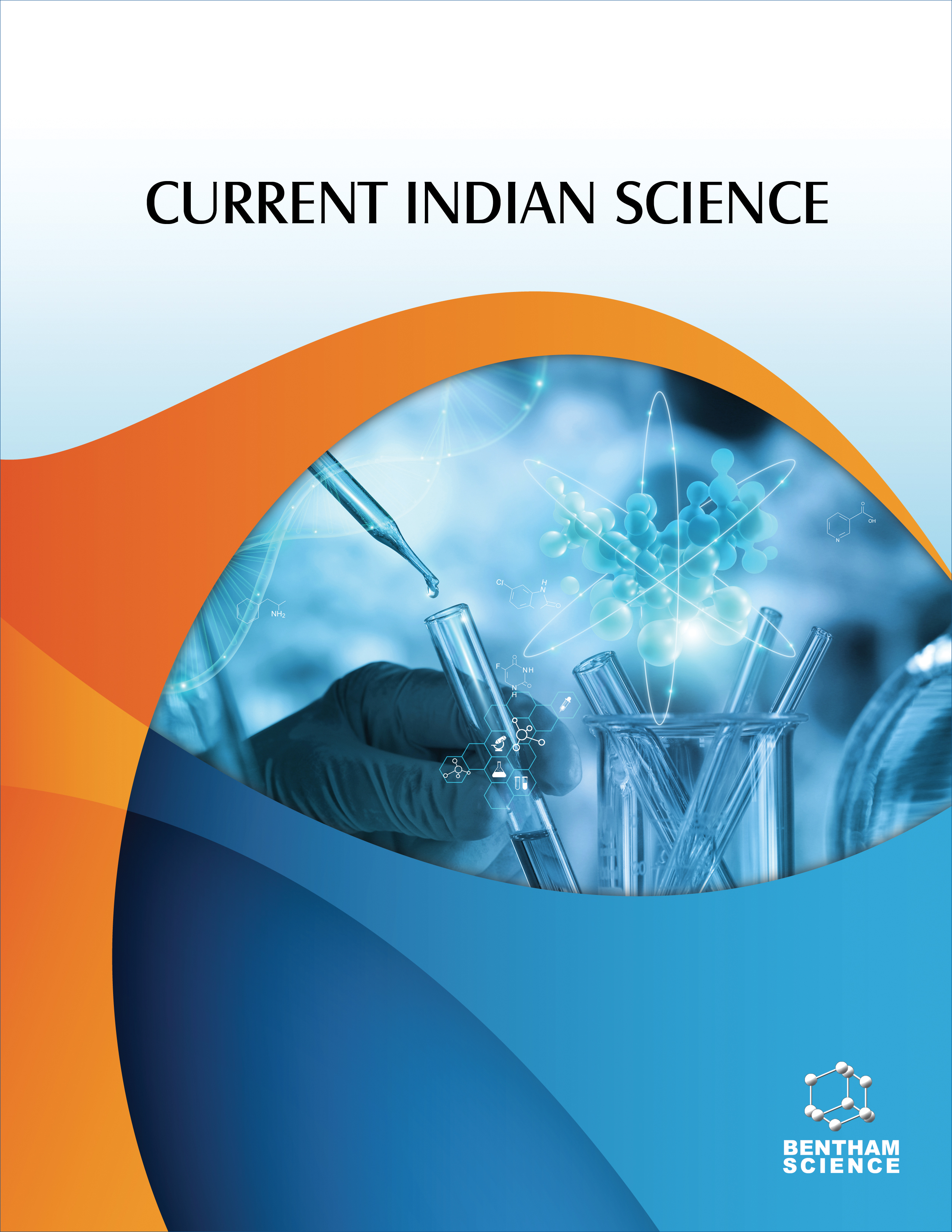-
oa Gut–Skin Axis: Gut Microbiota as a Link Between Rosacea and Gastrointestinal Comorbidities
- Source: Current Indian Science, Volume 1, Issue 1, Jan 2023, E2210299X253718
-
- 21 Apr 2023
- 29 Aug 2023
- 23 Oct 2023
Abstract
Rosacea, a prevalent dermatological condition, is characterized by the clinical manifestations of erythema, papules, and pustules. This paper delves into the emerging role of the gut-skin axis in Rosacea's pathophysiology. Convincing evidence supports the involvement of gut microbiota in orchestrating the inflammatory cutaneous response. Its multifaceted etiology is thought to be influenced by genetic susceptibility, alterations in the neurovascular and immune systems, and altered interactions with the microbiota. Strong connections broaden our understanding of Rosacea, linking it to neurological conditions like Parkinson's disease and gastrointestinal issues such as Helicobacter pylori infection and small intestinal bacterial overgrowth (SIBO), supporting the existence of an intricate brain-gut-skin connection. The interplay between these organs' homeostatic and regulatory systems is increasingly evident. While we have not fully grasped the details of immunological, neuroendocrine, and metabolic pathways, it is clear they play a part in chronic inflammatory skin conditions like Rosacea. Delving into these intricate pathways promises a nuanced comprehension of the disease's etiopathogenesis. An in-depth investigation into the roles of dysbiotic microbiota and dysregulated innate immune responses is imperative to comprehensively fathom Rosacea's pathophysiological landscape. A refined grasp of this condition and the gut-skin axis holds the potential for optimizing therapeutic trajectories. The purpose of this review is to explore potential bacterial indicators of the disease and to assess whether the gut microbiome makeup of individuals with inflammatory Rosacea differs from that of healthy controls. Furthermore, it critically assesses and consolidates previously documented alterations in peripheral blood, skin, and gastrointestinal tract microbiomes within rosacea patients. This review illuminates the intricate dance of microbiota in the context of Rosacea, forging a bridge between cutting-edge insights and its implications. By synthesizing current knowledge, this review advances our understanding of microbiota-driven mechanisms in inflammatory Rosacea, paving the way for innovative therapeutic strategies.


